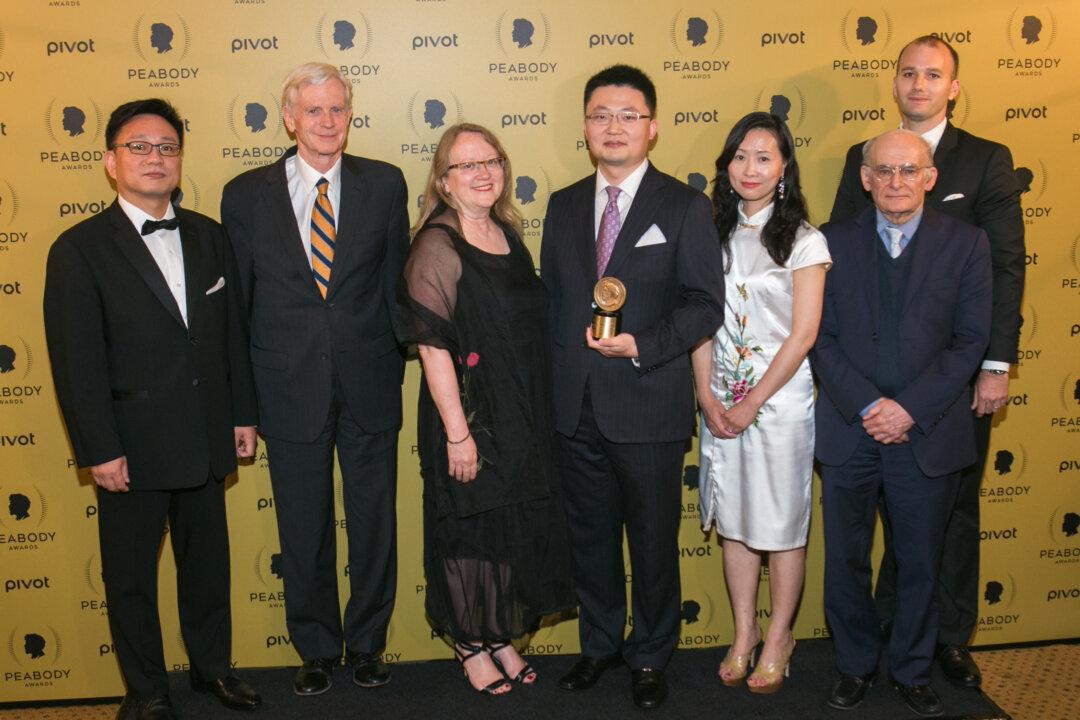Sales at America’s most well-known burger place are down, and most of us have heard a lot about it. McDonald’s Corp. says overall sales have declined partly due to greater competition, and lagging consumer enthusiasm for McDonald’s brand of fast food—a situation it intends to fix as quickly as possible.
What is a little less understood is the role that China played in the decline of the World Famous Fries, Big Mac, Quarter Pounder, and Chicken McNuggets.
Comparable sales declined 3.3 percent in China and Japan, and comparable guest counts declined 4.7 percent, according to McDonald’s most recent 10-K filing, after a tainted meat scandal last year left restaurants without any beef or chicken for extended periods. A Shanghai supplier, the subsidiary of U.S.-based OSI Group Inc., was found to have distributed expired meat.


